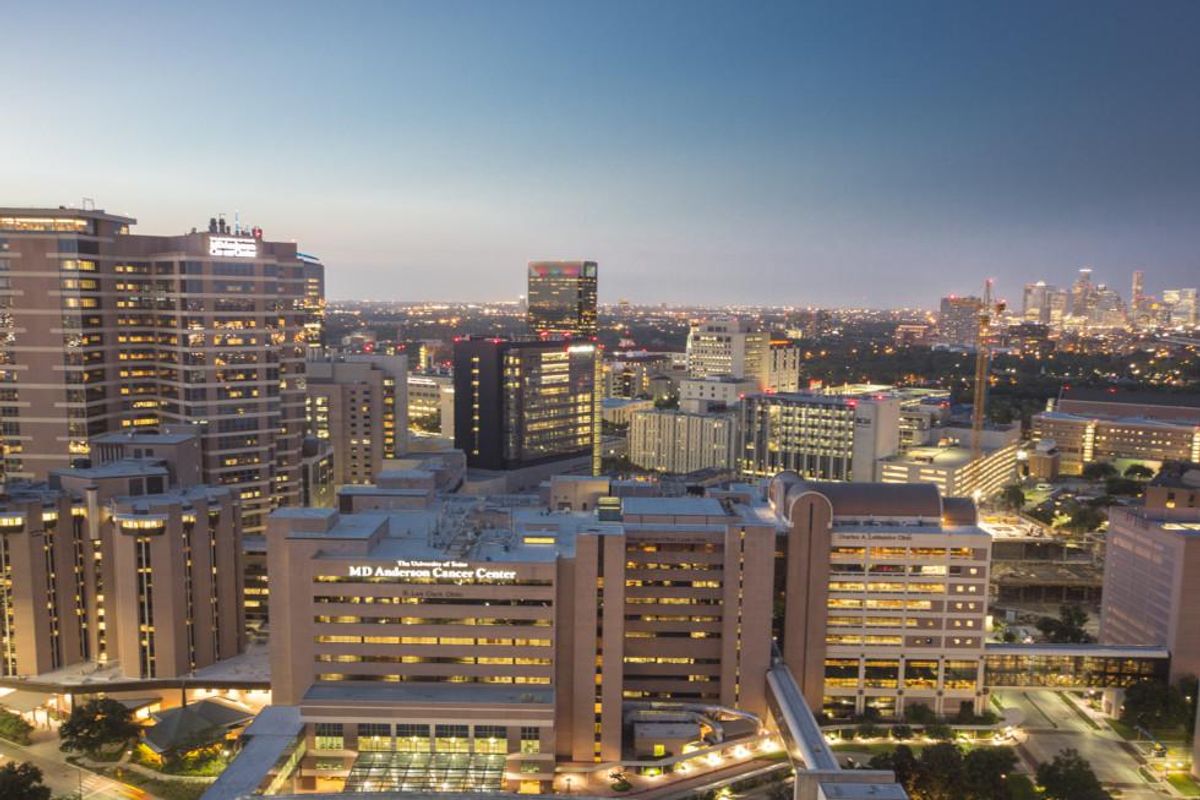Houston is primed to lead the rise of emerging ecosystems this year, says innovator
HOUSTON INNOVATORS PODCAST EPISODE 219
It's safe to say Sunny Zhang has a handle on the machine and cycle that innovation as a tenured business professor, startup founder, and venture capital investor. An academic at her core, she looks at innovation from the outside in — and inside out — in her various roles.
But there is a throughline for Zhang, and it's observing the innovation cycle. In her 20 years, she's worked closely with startups on the topic.
"My research has always focused on the innovation diffusion process — essentially the psychological and behavioral science of innovation diffusion when a product is introduced in a marketplace. How is that adoption going in a network as a result in many factors — internally and externally in a digital world and in the international and global market," Zhang says on the Houston Innovators Podcast.
"I've been seeing how innovation works, how products are getting adopted, and the behavioral process in it. We talk about 'go-to market,' but I want to promote 'come-from market.' Identify the problem itself," Zhang says, explaining that as both an academic and life-long learner, this is important to her.
Her startup, TrueLeap, was born out of this mentality. As a professor at University of St. Thomas, she's experienced first hand how challenging managing digital learning can be — on all sides, from student and teacher to even administrative. She's working to design a comprehensive platform of hardtech and software for educators globally.
The idea and technology is being developed out of Born Global Ventures, a Houston venture studio focused on advancing immigrant-founded technology. As founding partner of the organization, Zhang explains some of the unique challenges immigrant founders face on the show — and why Houston is a prime location to foster this kind of community.
"We were motivated to bridge the gap between academia and business to facilitate commercialization process, but especially with the global market in mind," Zhang says. "Houston is the number one diverse city in the United States and the number one city in the US for foreign business."
Zhang, who's also leading the steering committee of Houston Women in VC, a networking group for female investors that meets the second Tuesday of each month, says Houston has momentum going into 2024, a year she says is particularly promising for innovation ecosystems.
"I believe in Houston – I believe in emerging ecosystems in general," she says. "I think this year is going to be the rise of emerging ecosystems.
"It's up to us to tell our story so that we can attract more global wealth and global talent," Zhang continues. "I definitely think Houston is the ideal destination."





